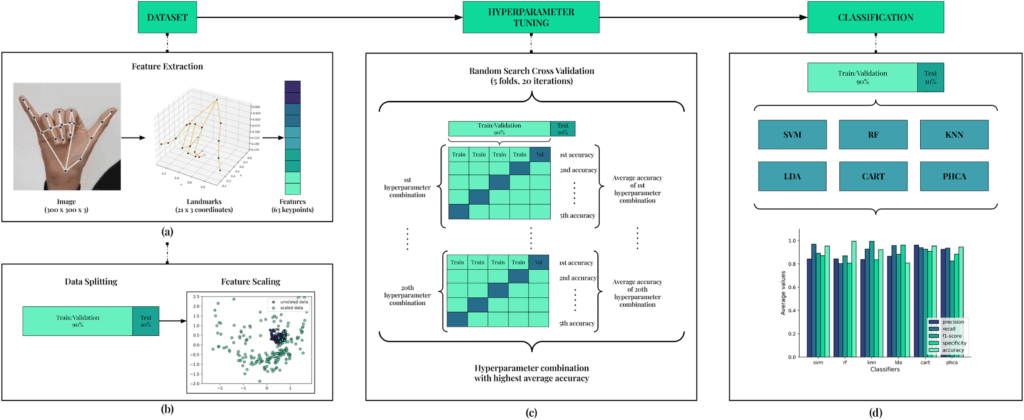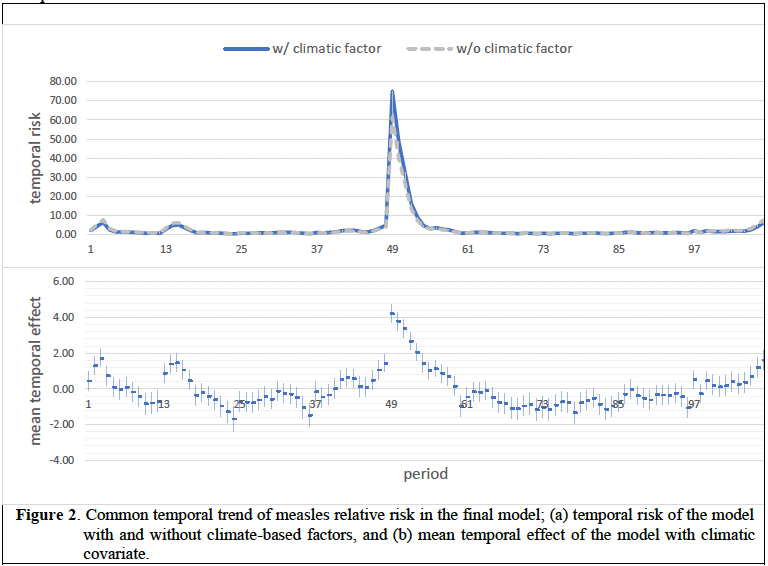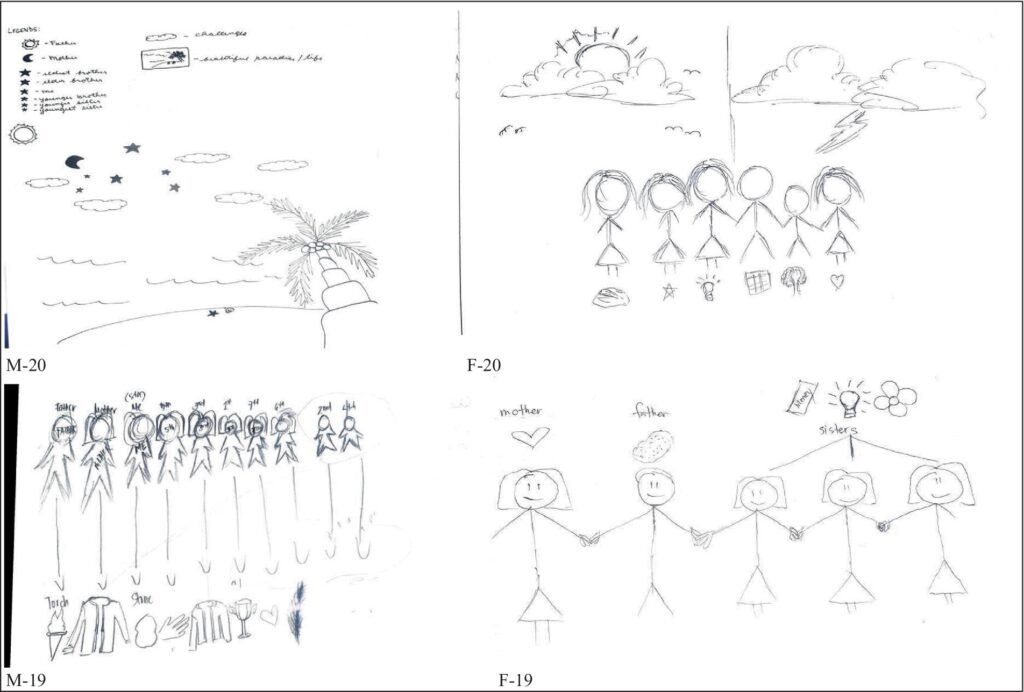Research
As the national university, we champion and support innovative research that addresses the country’s most pressing challenges.
16 Dec 2025
The National Greening Program had little effect on forest cover in Central Visayas from 2013 to 2019
This study assessed the effectiveness of reforestation efforts in Central Visayas from 2013 to 2019 using satellite imagery (Landsat 8)...
Read More15 Dec 2025
The Abaknon’s use of local knowledge to conserve natural resources and adapt to climate change is sustainable
The Abaknon, an indigenous group in Capul Island, possesses unique traditional knowledge and practices that have enabled them to adapt...
Read More12 Dec 2025
Aggression increases an athlete’s risk of injury
The role of sports, particularly combat sports, in controlling aggression and shaping prosocial behaviors in young people remains unclear. The...
Read More10 Dec 2025
Luzon provinces are hotspots for severe depression, anxiety, and stress among emerging adults
Despite the enactment of the Philippine Mental Health Act, mental illness remains a significant public health concern, particularly among young...
Read More05 Dec 2025
Researchers pioneer the use of topological data analysis for Filipino Sign Language alphabet recognition
This research aims to improve recognition of Filipino Sign Language (FSL) letters, which is crucial for better communication in the...
Read More04 Dec 2025
The risk of measles is higher on warmer days
This study looks at how measles spreads in certain areas of the Philippines, specifically Central Luzon, CALABARZON, and MIMAROPA, using...
Read More03 Dec 2025
Ang moral na ligalig ng Agosto-Setyembre taong 1995 ay nakasandal sa ilang istereotipo sa mga rakistang banda
Ang saliksik na ito ay pumapaksa sa kasaysayan ng moral na ligalig (moral panic) noong Agosto-Setyembre taong 1995 kung saan...
Read More02 Dec 2025
New method can authenticate Philippine stingless bee honey, considered the “next superfood”
Stingless bee honey is gaining recognition as a superfood because of its exceptional health and therapeutic benefits, which rival—or even...
Read More01 Dec 2025
Family interactions and experiences at school and home strongly shape the psychological traits of pre-service teachers
Mental health research has been a key priority among higher education institutions globally to support the advocacy for the holistic...
Read More28 Nov 2025
The efficiency with which Robusta coffee farms convert inputs into outputs declines at higher elevations
This article explains the factors that affect the productivity and efficiency of the Robusta coffee farms in Sultan Kudarat, Philippines....
Read More27 Nov 2025
Emotions are vital resources for queer rights activists when they lobby for social reforms
The article analyzes queer rights activists in the Philippines as they demand social reforms. It highlights emotions as these activists...
Read More26 Nov 2025
The service convenience of live broadcast shopping increases impulse buying by boosting perceived value and e-trust
With the growth of social media and social media marketing, it is natural that the hospitality and tourism industry should...
Read More











